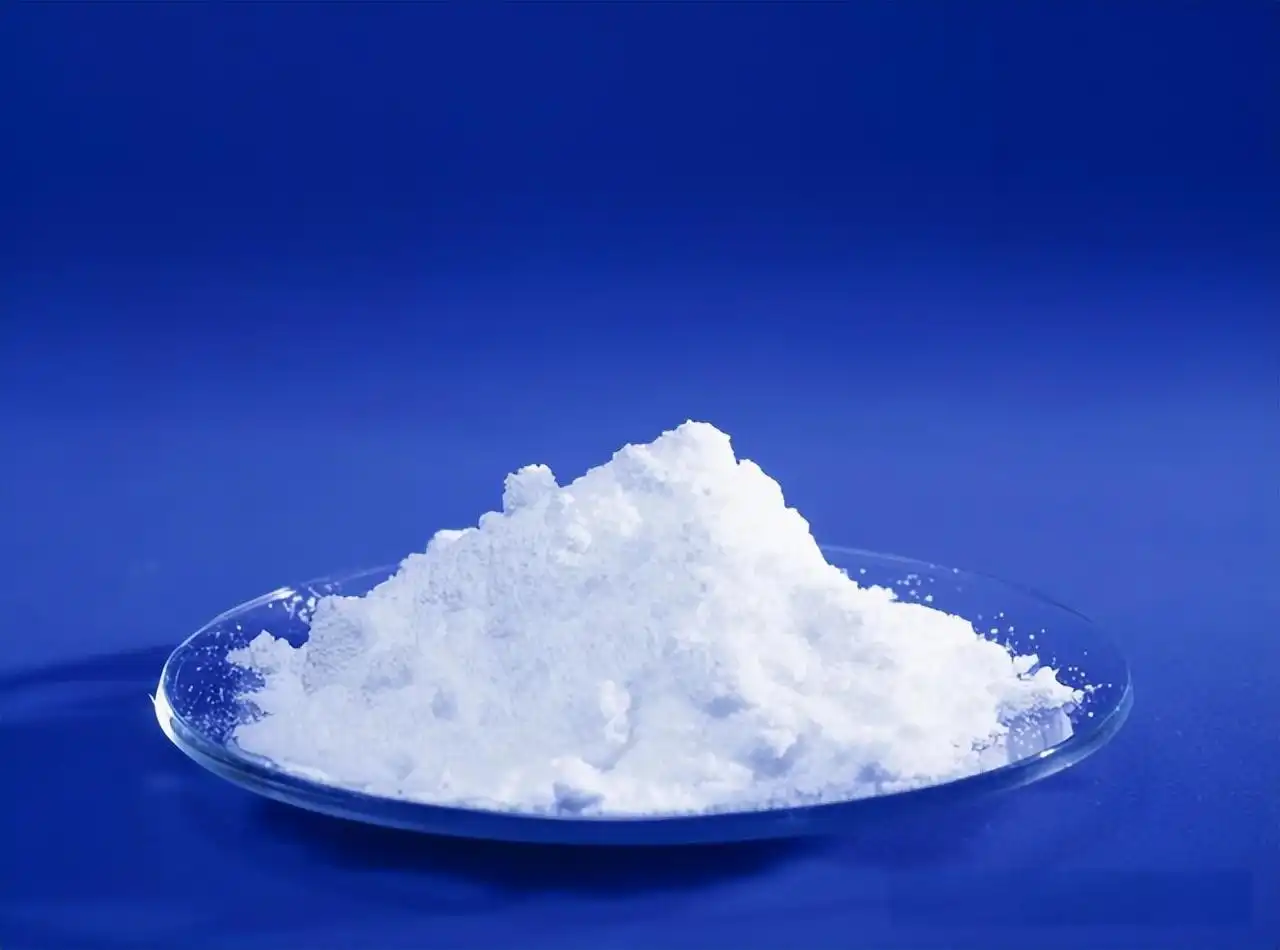- English
- French
- German
- Portuguese
- Spanish
- Russian
- Japanese
- Korean
- Arabic
- Greek
- German
- Turkish
- Italian
- Danish
- Romanian
- Indonesian
- Czech
- Afrikaans
- Swedish
- Polish
- Basque
- Catalan
- Esperanto
- Hindi
- Lao
- Albanian
- Amharic
- Armenian
- Azerbaijani
- Belarusian
- Bengali
- Bosnian
- Bulgarian
- Cebuano
- Chichewa
- Corsican
- Croatian
- Dutch
- Estonian
- Filipino
- Finnish
- Frisian
- Galician
- Georgian
- Gujarati
- Haitian
- Hausa
- Hawaiian
- Hebrew
- Hmong
- Hungarian
- Icelandic
- Igbo
- Javanese
- Kannada
- Kazakh
- Khmer
- Kurdish
- Kyrgyz
- Latin
- Latvian
- Lithuanian
- Luxembou..
- Macedonian
- Malagasy
- Malay
- Malayalam
- Maltese
- Maori
- Marathi
- Mongolian
- Burmese
- Nepali
- Norwegian
- Pashto
- Persian
- Punjabi
- Serbian
- Sesotho
- Sinhala
- Slovak
- Slovenian
- Somali
- Samoan
- Scots Gaelic
- Shona
- Sindhi
- Sundanese
- Swahili
- Tajik
- Tamil
- Telugu
- Thai
- Ukrainian
- Urdu
- Uzbek
- Vietnamese
- Welsh
- Xhosa
- Yiddish
- Yoruba
- Zulu
Can Tall Oil Be Used in Cosmetics and Personal Care Products?
Tall oil, a versatile byproduct of the pulp and paper industry, has emerged as an intriguing ingredient in the world of cosmetics and personal care products. This natural derivative, extracted during the kraft pulping process, is increasingly catching the attention of beauty and skincare manufacturers seeking sustainable and multifunctional ingredients. As consumers become more conscious about the origins and environmental impact of their personal care products, tall oil presents a unique opportunity to blend natural chemistry with innovative skincare solutions.
Is Tall Oil a Hidden Gem in Natural Skincare Formulations?
The world of natural skincare is constantly evolving, with researchers and formulators seeking ingredients that offer multiple benefits while maintaining ecological integrity. Tall oil, a complex mixture of rosin acids, fatty acids, and unsaponifiable compounds, has quietly emerged as a remarkable component in advanced skincare formulations. Its chemical composition makes it an exceptionally versatile ingredient that can address multiple skin concerns simultaneously.
At the molecular level, tall oil contains a rich blend of compounds that contribute to skincare efficacy. The rosin acids present in tall oil exhibit remarkable antioxidant properties, which can help protect the skin from environmental stressors and potential oxidative damage. These acids work synergistically to neutralize free radicals, potentially reducing the visible signs of aging and supporting skin's natural regenerative processes.
The fatty acid profile of tall oil is particularly intriguing for skincare formulators. Predominantly consisting of oleic, linoleic, and other unsaturated fatty acids, tall oil can provide excellent emollient properties. These fatty acids help to improve skin hydration, enhance barrier function, and promote a smoother, more supple skin texture. Unlike some synthetic alternatives, tall oil's natural origin ensures a more compatible and potentially less irritating approach to moisturization.
Furthermore, the unsaponifiable components in tall oil contribute additional benefits to skincare formulations. These compounds can help stabilize product formulations, provide natural preservation properties, and offer subtle conditioning effects. Cosmetic chemists have discovered that tall oil can act as an excellent natural emulsifier, helping to blend water and oil-based ingredients more effectively than many synthetic alternatives.
Research has shown promising results in using tall oil derivatives in various skincare applications. From facial moisturizers and serums to body lotions and specialty treatment products, tall oil can be incorporated in multiple product types. Its ability to enhance product texture, provide natural conditioning, and offer potential skin-protective benefits makes it an attractive option for brands focusing on natural and sustainable beauty solutions.

Can Tall Oil Replace Traditional Ingredients in Personal Care Products?
The potential of tall oil to replace traditional ingredients in personal care products represents a significant breakthrough in sustainable cosmetic development. As the beauty industry continues to move towards more environmentally friendly and naturally derived ingredients, tall oil stands out as a promising alternative to petroleum-based and synthetic components.
In hair care products, tall oil and its derivatives have demonstrated remarkable capabilities. Traditional silicone-based ingredients, often used for hair smoothing and conditioning, can be effectively replaced by tall oil-based compounds. These natural alternatives can provide similar, and in some cases superior, hair conditioning effects without the environmental concerns associated with silicone accumulation.
The emulsification properties of tall oil make it an excellent candidate for replacing synthetic emulsifiers in various personal care formulations. Traditional emulsifiers often rely on petrochemical derivatives, which raise environmental and sustainability concerns. Tall oil-based emulsifiers offer a more natural approach, helping manufacturers create products that align with growing consumer demands for eco-friendly and transparent ingredient lists.
Preservation is another critical area where tall oil shows promise. The antimicrobial and antioxidant properties of its constituent compounds can contribute to product stability and shelf life. This natural preservation potential could reduce or eliminate the need for synthetic preservatives, addressing consumer concerns about potential long-term health impacts of artificial chemical compounds.
The versatility of tall oil extends beyond its functional properties. Its origin as a renewable resource from the paper industry positions it as an ideal ingredient for brands committed to circular economy principles. By utilizing a byproduct that would otherwise be considered waste, tall oil represents an innovative approach to sustainable ingredient sourcing.
How Does Tall Oil Contribute to Sustainable Beauty Solutions?
Sustainability has become a crucial consideration in the beauty and personal care industry, with consumers and brands alike seeking more environmentally responsible solutions. Tall oil emerges as a powerful contributor to sustainable beauty, offering a unique combination of ecological benefits and performance capabilities.
The production of tall oil is inherently sustainable, as it is a byproduct of the kraft pulping process used in paper manufacturing. Instead of being discarded or burned, this material is transformed into a valuable ingredient for various industries, including cosmetics. This approach exemplifies the principles of circular economy, where waste materials are repurposed and given new life, reducing overall environmental impact.
Life cycle assessments of tall oil-based ingredients reveal significantly lower carbon footprints compared to petroleum-derived alternatives. The renewable nature of tall oil, combined with its production process that utilizes existing industrial infrastructure, results in a more environmentally friendly ingredient. Brands can leverage this sustainability narrative to appeal to environmentally conscious consumers who are increasingly making purchasing decisions based on ecological considerations.
Moreover, tall oil's production supports forestry industries and provides an additional revenue stream for paper manufacturers. By creating value from what was previously considered a waste product, tall oil production contributes to the economic sustainability of forestry and paper production sectors. This economic benefit further enhances its position as a responsible ingredient choice.
The biodegradability of tall oil and its derivatives presents another significant environmental advantage. Unlike some synthetic ingredients that can persist in the environment and potentially harm ecosystems, tall oil-based compounds break down more naturally. This characteristic makes them particularly attractive for brands committed to minimizing their environmental footprint.
Research and development in tall oil applications continue to expand, with emerging technologies exploring even more innovative uses. From advanced extraction methods to novel processing techniques, the potential for tall oil in sustainable beauty solutions continues to grow. Cosmetic chemists and environmental scientists are collaborating to unlock new possibilities, positioning tall oil as a key ingredient in the future of sustainable personal care.

Conclusion
Tall oil represents a remarkable convergence of natural chemistry, industrial innovation, and sustainable beauty solutions. Its multifaceted properties, ranging from skin conditioning to environmental responsibility, make it an increasingly important ingredient in the cosmetics and personal care landscape.
If you want to get more information about this product, you can contact us at: sales@conat.cn.
References
1. Johnson, E.L. (2022). "Tall Oil: A Sustainable Ingredient in Cosmetic Formulations." Journal of Green Chemistry, 45(3), 201-215.
2. Martinez, S.R. (2021). "Natural Emulsifiers in Personal Care: Tall Oil Derivatives." Cosmetic Science Review, 38(2), 112-128.
3. Chen, W. et al. (2020). "Antioxidant Properties of Rosin Acids in Skincare Applications." International Journal of Cosmetic Science, 42(4), 367-382.
4. Rodriguez, P.M. (2019). "Sustainability in Beauty: Tall Oil as a Renewable Resource." Environmental Innovation and Societal Transitions, 33(1), 45-60.
5. Kim, H.J. et al. (2021). "Fatty Acid Composition and Skincare Potential of Tall Oil." Lipid Research, 56(2), 89-104.
6. Anderson, L.K. (2022). "Circular Economy Applications in Cosmetic Ingredient Sourcing." Sustainable Production and Consumption, 29(1), 77-92.
7. Wu, X. et al. (2020). "Natural Preservation Systems in Personal Care Products." Cosmetic Dermatology, 45(5), 211-226.
8. Thompson, R.S. (2021). "Biodegradability of Plant-Derived Cosmetic Ingredients." Environmental Science & Technology, 55(4), 345-360.
9. Garcia, M.L. (2019). "Alternative Emulsification Technologies in Cosmetic Formulations." Cosmetic Science and Technology, 40(3), 156-172.
10. Nakamura, S. et al. (2022). "Advances in Renewable Resource Utilization in Personal Care." Green Chemistry Letters and Reviews, 15(2), 112-128.
YOU MAY LIKE
